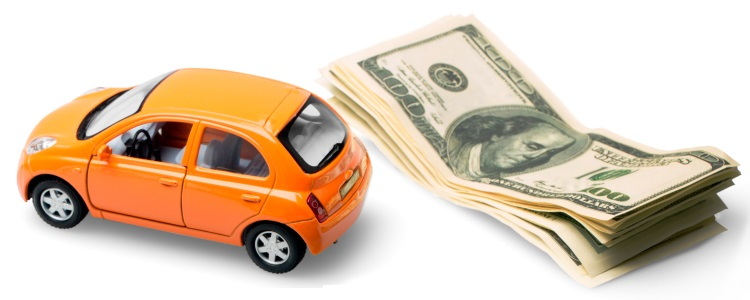When you’re struggling with bad credit, it’s important to plan a budget before a big purchase, such as a car. But how do you know when your budget is truly ready for a monthly car loan payment?
Down Payments are Your Friend
Down payments are one of the most misunderstood parts of the auto loan process – and are a must when you need a bad credit car loan. A down payment is simply an investment, and lenders know that people are more likely to successfully complete a loan they’ve invested in. The down payment required by subprime lenders is typically $1,000 or 10 percent of a vehicle’s selling price, whichever is less.
Here’s the good news though: with a down payment you won’t have to pay as much in interest charges, which saves you money over the term of your loan. Interest charges are based on the amount of money you owe. When you put money down, you’ll owe less now and in the long run. Saving up for a down payment ahead of time is a great way to begin building your car buying budget. That initial investment could save you hundreds of dollars down the road.
Determining if You Have Enough Income
Once you’ve got your down payment savings plan underway, you can use the same calculations a lender would to determine if you have enough income to qualify for a car payment. The formulas used are called debt to income (DTI) and payment to income (PTI) ratios.
DTI compares your bills to your income. To do this yourself, add up all your monthly bills, including rent or mortgage, utility bills, credit cards, and any loan payments. Now, divide that total by your gross (pre-tax) monthly income. For example, if your monthly bills total $1,000 and you make $2,800 before taxes are taken out, your formula looks like this: 1,000/2,800 = 0.36, which means your DTI is 36 percent. Lenders usually cap your DTI at 50 percent, including a car payment and insurance.
PTI tells lenders if your car loan payment and car insurance payment, added together, are something that you can comfortably afford. They don’t want this to exceed 15 to 20 percent of your total income. To see how much your monthly payments would be, multiply your monthly income, before taxes, by the percentage you don’t want to go over. For example, if you want your car payment to be 16 percent of your monthly income, it would look like this: 2,800 x 0.16 = 448. Which means your total monthly combined car and insurance payment should be $448 or less.
In addition to these two ratios, there are other tools which can be found online to help you with your budget. Just remember: actual costs, percentages, and rates will vary by lender, and online tools are meant to be a guideline only.
Ready to Find a Dealer in Your Area?
If you’ve found that your current bills already take up 65 percent of your budget, or if 20 percent of your monthly income only allows for a monthly car payment of $100, waiting to get a car loan might be your best option. But, if you have room in your budget, the first thing you’ll want to do is locate a special finance dealer. This can be challenging, since many dealers aren’t signed up with lenders willing to work with people who have bad credit.
That’s where Auto Credit Express comes in handy. We work with a nationwide network of special finance dealers who have the subprime lenders you’ll need to work with if you have credit challenges, such as poor credit, no credit, bankruptcy, or repossession. Let us point you toward a dealer in your area. It’s simple to begin with our no-obligation online auto loan request form. What are you waiting for? Get started today!
















